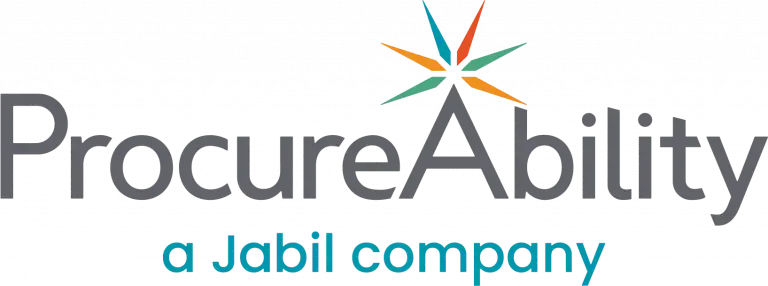
Getting time on an executive’s calendar is difficult and once you’re in the room, every minute counts. For procurement professionals, the challenge is ensuring the message is clear, compelling, and aligned with business priorities. Whether you’re pitching a new sourcing strategy, seeking approval for a procurement transformation, or presenting supplier performance metrics, your ability to communicate effectively directly impacts decision-making and business results.
This article outlines five essential elements of an effective executive presentations for procurement to gain buy-in and drive action.
1. Define the Objective and Make It Relevant
Start every presentation by clearly stating the purpose of the meeting and why it matters to your audience. Procurement teams often focus on cost savings, but executives are more concerned with business impact: revenue protection, risk mitigation, compliance, and operational efficiency. Connect your objective to their strategic priorities to show why the discussion deserves their attention. End this section with a specific call to action, whether it’s project funding, policy change, or strategic alignment.
2. Structure the Message from Point A to Point B
An effective presentation moves the audience logically from context to conclusion. Without a structured approach, your message may get lost. Choose a presentation format that fits your story, whether chronological, problem-solution, or a simple “what, so what, now what” framework. The goal is to guide decision-makers through your rationale in a way that’s easy to follow, especially when discussing complex procurement topics like category strategy or supplier consolidation.
3. Keep the Message Clear and Focused
Procurement teams are used to diving into the details, spend data, vendor comparisons, risk scoring, and more. However, when presenting to executives, less is more. Focus only on what the decision-maker needs to know to take action. Use simple language and clear visuals. For instance, one compelling chart can often communicate more than a dense table or a slide filled with bullet points. Make your insights actionable and your conclusions obvious.
4. Ensure Your Presentation Is Polished and Professional
Every detail matters when presenting to senior stakeholders. Proofread your slides carefully. Remove any formatting inconsistencies, jargon, or outdated data. A polished presentation reflects credibility and preparation. Ask yourself:
- What’s the best sequence for the information?
- Will this format help executives make a decision?
- Are transitions smooth and logical?
- Is any key message worth repeating?
Rehearse your delivery so you can speak confidently and fluently without reading directly from your slides.
5. Deliver the Message with Impact
Procurement’s ability to influence business outcomes hinges on how effectively it communicates with executive stakeholders. By following these five steps (clarifying your objective, structuring your message, simplifying your arguments, ensuring professionalism, and delivering with confidence), you’ll be better positioned to gain executive alignment and accelerate decision-making. Strong communication isn’t just a soft skill. In procurement, it’s a strategic capability that helps turn insights into impact.



